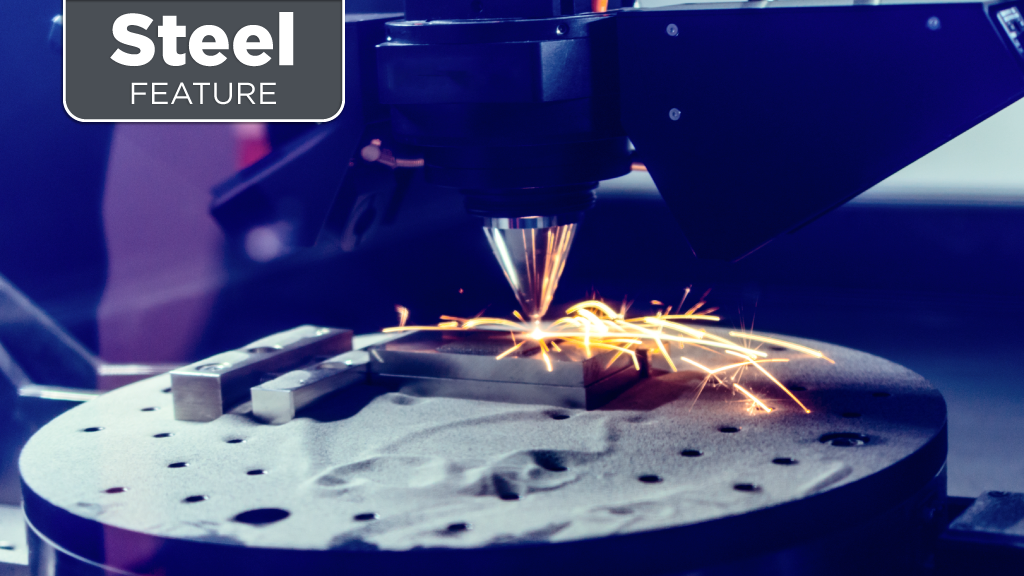Although Amsterdam is full of canals – the Venice of the North has 160 of them – they are outnumbered by the Dutch capital’s 1,700 bridges.
Most of those bridges are simple, utilitarian structures that few people notice. But the city also has many spans, some of them built centuries ago, that are handsome and even beautiful. https://www.aperturetours.com/blog/2019/bridges-of-amsterdam
The stock of eye-catching bridges increased by one recently, when a 12-metre 3D-printed steel pedestrian bridge opened in Amsterdam.
The completion of the bridge was a big enough deal in the Netherlands that Queen Maxima attended the ceremony, where she was assisted in her duties by a ribbon-cutting robot.
The MX3D Bridge, which has a raw steel finish, crosses a narrow canal in Amsterdam’s central Red Light District.
The structure is made of 4,500 kilograms of stainless steel, which was 3D-printed by robots in a factory and then craned into position in July 2021.
The builders say 3D-printing technology (also known as additive manufacturing) can create more efficient structures that use less material and weigh less than by using conventional methods.
The bridge has been fitted out with a network of sensors that enable it to collect data and build a digital twin to keep track of its performance and health.
The digital twin will monitor corrosion, load changes, environmental conditions and pedestrian use.
The original plan was to print the structure at the canal, with robots stationed on both banks welding the two portions of the bridge until they met in the middle.
But those plans were jettisoned, and it was decided to build the bridge in two parts at an off-site facility.
Although MX3D is believed to be the world’s first 3D-printed stainless-steel bridge, other bridges have been 3D-printed from other materials.
In 2017, Dutch construction company BAM Infra built what it says is the world’s first 3D-printed bridge made of concrete blocks.
Iain Ward, chairman of the Association of Consulting Engineering Companies British Columbia for 2021-22, says the value of the Amsterdam bridge project is its demonstration of the full capability of 3D printing.
“That bridge could not have been realized any other way,” said Ward. “3D printing unleashes the full range of human creativity and makes possible designs that are free of the traditional constraints.”
3D printing has a number of advantages, he says: Speed, more efficient use of scarce resources, and the ability to build off-site in a controlled environment and then put in place.
“In the future, 3D printing will be practical for more short-span pedestrian bridges like the one in Amsterdam,” he said.
Vancouver developer and retired architect Michael Geller said, “Part of the delight people take from admiring the bridge comes from knowing how it was built.”
The team that built it probably employed 3D because they thought it would draw attention to it, he says.
“It’s analogous to mass-timber construction, a new technology with a new way of using materials to build unusual and eye-catching structures,” said Geller.
He hasn’t used 3D printing himself, although it is used by many architects to make building models.
“Some very skeptical people say 3D printing is a fad, but I see it as an up-and-coming technology that will become increasingly common in the future as it becomes more powerful and cheaper,” said Geller. “It’s definitely an emerging trend.”
To give the trend a boost, Canada Makes, a division of Canadian Manufacturers and Exporters, has been working to make 3D metal additive manufacturing (AM) technology better known in this country.
From 2015 to 2020, Canada Makes ran the Metal Additive Program.
Canada Makes worked with 30-35 AM experts, who demonstrated the advantages, business opportunities, cost savings and efficiencies of AM to some 200 participating companies from across Canadian industry.
“Because set-up can be cost-prohibitive for many companies, the Metal Additive Program introduced 3D printing to companies that otherwise couldn’t get involved,” said Canada Makes program manager John Rodic.
Part of the program involved Canada Makes partnering with Burloak Technologies Inc., an AM specialist in Oakville, Ont., and MDA, an American company that manufactures satellite antennas and communications subsystems.
The three-way initiative produced 3D-printed titanium and aluminum parts for satellite antenna applications.
Rodic says the project showed AM technology provides accelerated and cost-effective solutions for making space parts.
“One advantage of AM is that it allows designers to consolidate into just one item a sub-assembly that would traditionally be made up of many different parts,” said Rodic.
The single piece allows for smaller packages, big savings and designs that could not be created within the limitations of conventional computer numerical control manufacturing technologies.



Recent Comments
comments for this post are closed